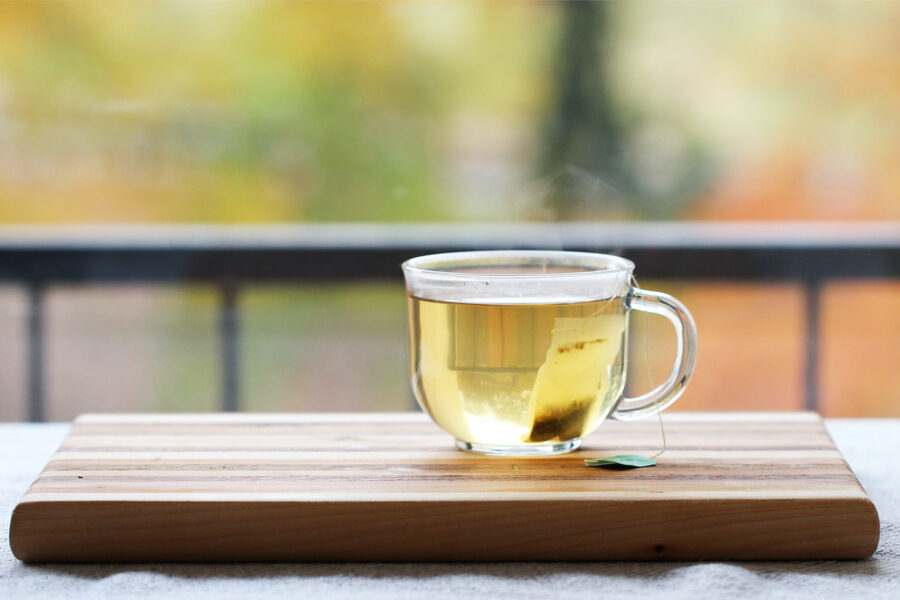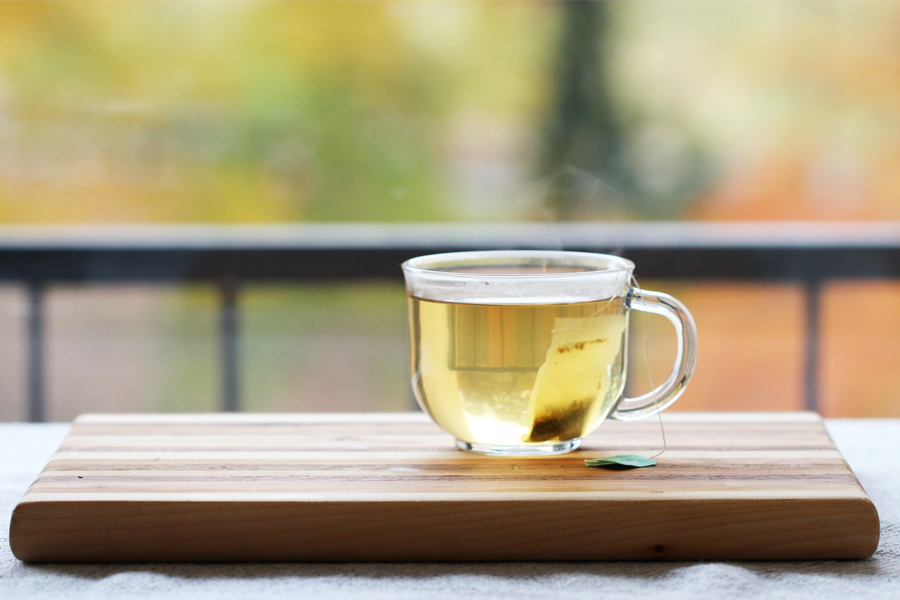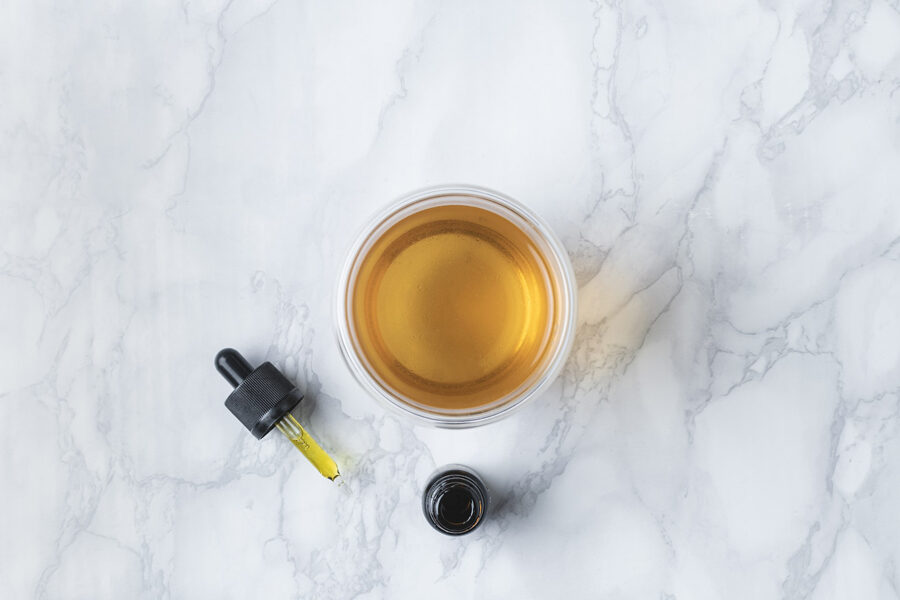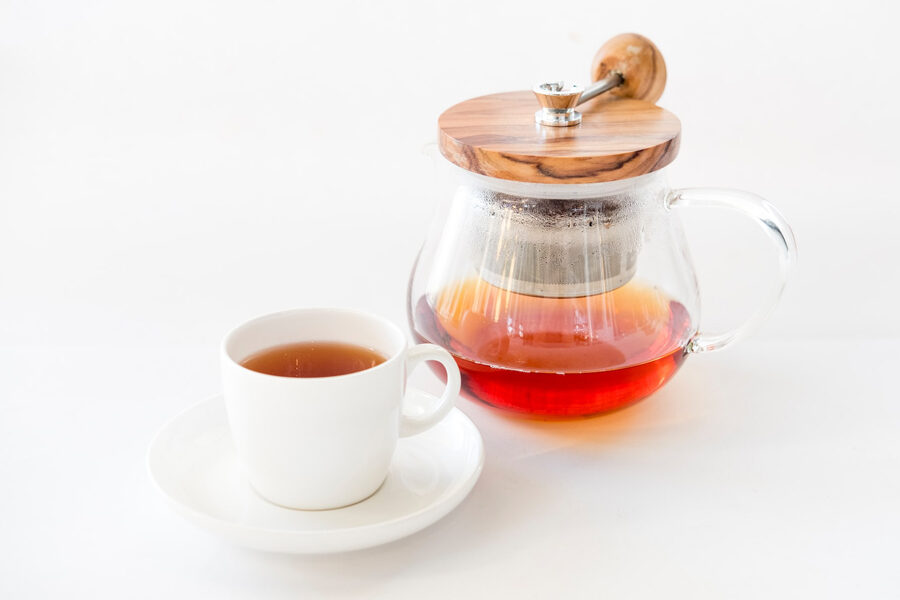
Camellia sinensis is the plant that produces tea. This evergreen shrub is native to the southwest forested region of China, where it thrives in chilly heights. Tea leaves can be processed to make green, black, white, or oolong tea, depending on the procedure. Fresh tea leaves are used to make green tea, which is then dried and exposed to sunshine to avoid oxidation and fermentation, which give this tea its distinctive flavor. There are various varieties of green tea, including Japanese matcha and Chinese gunpowder tea. Drinking this tea without any additional ingredients may enhance its health advantages. The brewing time and water temperature range from 65 to 82ºC, depending on the variety of tea. However, if you leave it steep for too long, the tea might turn sour.
Many individuals pour themselves a warm cup of coffee to start the day. But did you know that drinking green tea has a lot of advantages? Let’s get to know.
Benefits of Green Tea
Let’s find out more about the potential health advantages of green tea and how this well-liked beverage can support a balanced diet and active lifestyle. Please keep in mind that the possible health advantages of this tea can also differ depending on the brand you pick and how you prepare it.
- Helps in weight loss
- Lowers cholesterol
- May helps to prevent cancer
- Treats acne
- Enhances hair growth
- Helps with type-2 diabetes
Let’s take a look at each one of them in the following section.
1. Helps in Weight Loss
Green tea probably comes in the list of ingredients for any supplement that claims to burn fat. According to certain studies, this tea may enhance metabolic rate and fat burning. This is attributed to the fact that caffeine and plant components like catechins have natural thermogenic effects. An additional meta-analysis of numerous potential weight loss pathways caused by tea polyphenols revealed that rather than being the product of caffeine alone, catechins and caffeine created weight loss effects.
Nevertheless, if you are consuming a high-calorie diet and considering adding green tea to your diet to aid in weight loss, don’t expect this to work. Regardless of its fat-burning properties, this tea cannot compensate for a poor diet by burning enough fat. Don’t expect this tea to be a miracle cure, but including it in your diet may be beneficial along with a healthy, balanced diet and regular exercise.
2. Lowers Cholesterol
According to the CDC, about 38% of adult Americans have excessive cholesterol levels, increasing their risk of heart attack and stroke. So, one of the answers might be consuming green tea. This tea has demonstrated effects in decreasing lipoxygenase activity and lowering LDL cholesterol oxidation. This has indicated that the bioactive elements in this tea, namely non-fermented Chinese green tea, may lower the levels of LDL cholesterol in our bodies.
According to a 2011 review, drinking this tea or taking these tea supplements is associated with large but small drops in total low-density lipoprotein cholesterol. A 2020 meta-analysis of 31 research indicated that drinking green tea was linked to lower levels of both total cholesterol and LDL (often known as bad cholesterol), according to the Nutrition Journal.
3. May Helps to Prevent Cancer
Uncontrollable cell development is the root of cancer. It is one among the main causes of death worldwide. However, green tea and other meals high in antioxidants are likely to slow down this process.
A study found that the polyphenols in this tea can be applied as pharmacological agents for the suppression of solar UVB light-induced skin problems including melanoma, nonmelanoma, and photoaging in both people and animals. According to a thorough analysis of observational research, women who drank the most green tea had a 20–30% decreased chance of developing breast cancer, one of the most prevalent cancers in women. According to another study, males who drank this tea had a decreased risk of developing advanced prostate cancer. Moreover, according to a review of 29 research, these tea drinkers had a 42% lower risk of colorectal cancer.
So, we can see that some cancer rates tend to be reduced in nations with significant green tea use. However, additional credible research is required to substantiate these results.
4. Helps with Type-2 Diabetes
The American Diabetes Association states that poorly handled diabetes can raise the risk of complications like heart disease, neuropathy (nerve damage), amputations, and eye issues. Ths tea, however, may lower insulin resistance when included in a healthy type 2 diabetic diet. Some studies have found that those who drink this tea have a decreased risk of type 2 diabetes than those who do not drink tea. Participants in a study who ingested 150 milliliters of green or sour tea three times each day for four weeks had positive results.
When cells lose their sensitivity to the hormone insulin, which aids in the conversion of blood sugar to energy, insulin resistance develops. According to the CDC, it is one of the main risk factors for type 2 diabetes. Green tea drinking has been demonstrated to considerably lower fasting glucose and hemoglobin concentrations in people’s bodies. Recent research suggests that this tea extract can reduce fasting plasma glucose and insulin concentrations in lab settings. A study of 17 randomized control trials discovered a link between drinking this tea and lower fasting blood sugar and insulin levels.
Following are another two reasons why you should try this tea (if not drinking) to reap it’s benefits.
5. Treats Acne
Your sebaceous glands release an oily material called sebum to hydrate your skin and hair. But, excess sebum clogs pores and encourages bacterial development, which results in acne. There are numerous efficient prescription and over-the-counter remedies for acne, and it seems like there is a new “treatment” for it almost every day. But if you’re seeking for a natural, non-chemical way to treat acne breakouts, green tea might be the answer.
This tea has potent antibacterial properties that can be used to treat acne and unclog pores. According to studies, green tea’s polyphenols can help reduce sebum production, which can cause acne, when applied topically to the skin. Green tea’s polyphenols attack bacterial membranes and prevent infection, making it an effective remedy for controlling the bacterial growth that causes acne. For calm, clear skin, it aids in eradicating systemic bacterial inflammation.
Bonus – DIY Green Tea Mask for Acne Prone Skin
There are various options available to you if you want to try utilizing green tea as an acne treatment. Making a green tea face mask at home is simple. There is no set dosage suggestion for using this tea topically.
- To begin, moisten the leaves of one or two tea bags with warm water.
- After that, mix the green tea leaves with honey or aloe vera gel.
- Then, apply the mixture to your face’s most acne-prone zones.
- Apply the mask for about 10 to 20 minutes.
Remember to use this tea mask twice a week.
6. Enhances Hair Growth
Green tea’s effects extend to your hair as well! Green tea leaf fibers boost hair development by stimulating cell turnover in hair follicles. In one small study, researchers applied green tea-derived Epigallocatechin gallate (EGCG) extract to the scalps of three alopecia patients. (EGCG is a unique plant chemical that has received a lot of attention due to its possible health benefits.) The subjects’ hair growth activity increased significantly after 4 days.
Many hair care products contain this tea because of its potential advantages. You can use a green tea extract-containing shampoo every day. Apply most of the shampoo on your scalp and hair roots, then gently massage. You can also coat the roots, shafts, and tips of your hair with a green tea conditioner or hair mask. Set on for 3–10 minutes, or however long the manufacturer recommends. If you prefer not to use commercial products, you might want to give a DIY green tea hair rinse a shot. Just add a couple of green tea bags to the boiling water, and let them steep for five minutes. Once the solution has cooled, apply it to your hair after your shower.
Twinings Green Tea
Twinings’ experienced blenders select only the finest leaves grown to their exacting standards by trustworthy growers worldwide. They hand-pick the tea leaves that will define your next Twinings moment from these tea gardens. Twinings skilfully combines the best green teas with just the right amount of flavor to create a line of delicious green teas with a fresh flavor, smooth taste, and captivating aroma. Though this includes 100% green tea that has been blended and packaged in Hampshire, they also offer green teas with different delightful flavors:
- Jasmine Green Tea
- Decaffeinated Green Tea
- Pomegranate, Raspberry & Strawberry Green Tea
- Lemon Green Tea
They recommend brewing this tea for no more than 2 minutes; anymore and the delicate flavor would be missed. Allow one tea bag per person, boil the kettle, and allow it to cool a bit before pouring.
Furthermore, several satisfied customers rave about how great Twinings green tea is and how it isn’t as bitter as some others. Additionally, it is a powerful, wake-me-up green tea that has been a long-time favorite of many customers.
Risks Associated with Green Tea
There aren’t many confirmed negative effects of green tea consumption in adults. However, it’s crucial to be aware of the following concerns and issues:
- Caffeine sensitivity: After consuming this tea, people with significant caffeine sensitivity may experience insomnia, anxiety, irritability, nauseousness, or an upset stomach.
- Iron-deficiency anaemia: People with iron-deficiency anemia should be aware that this tea, like other teas, contains natural substances called tannins. These substances prevent iron from being absorbed, so it’s best to avoid drinking tea with meals that are high in iron and wait at least an hour before brewing a cup.
- Other stimulants: This tea may raise blood pressure and heart rate if used alongside stimulant drugs.
According to the National Center for Complementary and Integrative Health (NCCIH), it is acceptable to take up to 8 cups of green tea each day. However, high doses may interact with some drugs, such as those used to treat high blood pressure or heart problems. Moreover, damage to the liver may occur in rare circumstances when consuming a lot of this tea extract.
If you want to consume this tea for therapeutic purposes, check with your doctor to make sure you won’t risk your health.
Conclusion
One of the highest antioxidant contents of all teas is present in green tea. It has less calories and less caffeine than black tea and coffee by nature. As a result, this tea is a common beverage in many cultures and has some significant advantages. This tea is famous as a “superdrink” and one of the finest beverages you can have. We believe these six fascinating justifications will either increase your love for green tea or persuade you to start drinking it more often.
Disclaimer
Note that the information on this site is provided solely for educational purposes. It is not advisable to replace medical treatment from a health care professional. Because each person’s needs are different, the reader should check with their doctor to see if the information is appropriate for them.



